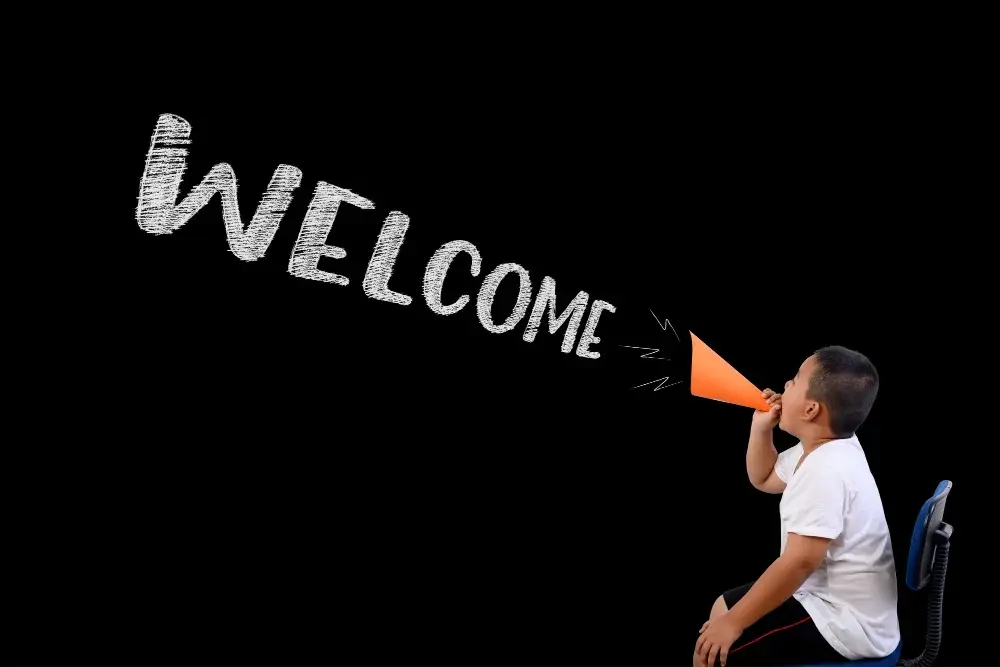Have you ever felt that “you’re welcome” sounds a bit… flat?
A friend once thanked me after I helped them prepare for an interview, and I instinctively replied, “You’re welcome.” It was fine, polite, even expected. But I remember thinking afterwards: could I have said something warmer, something that carried more personality? That little moment sparked a curiosity in me. How many other ways are there to respond to gratitude that actually strengthen the relationship, rather than just filling a silence?
It turns out, communication experts, psychologists, and linguists agree: the words we choose to respond to “thank you” shape the tone of a conversation and even affect how others perceive us. Whether you’re chatting with friends, networking professionally, or emailing a client, varying your reply to gratitude can make you sound more approachable, confident, or supportive.
Let’s explore practical, real-world alternatives to “you’re welcome” that not only feel natural but also leave a lasting impression.
Why Rethink “You’re Welcome”?
The psychology behind responses
Research published in the Journal of Language and Social Psychology suggests that conversational rituals like greetings and gratitude exchanges influence how connected we feel to others. A simple “you’re welcome” does the job, but it doesn’t always deepen the bond. By shifting our phrasing, we can convey warmth, humility, or encouragement.
Dr. Deborah Tannen, a linguist from Georgetown University, has often emphasised that communication isn’t just about information—it’s about building relationships. Your choice of words signals intent and attitude, often more than you realise.
Everyday situations where it matters
- In the workplace → A manager replying with “Of course, happy to help” can sound more supportive than the default “you’re welcome.”
- In friendships → Saying “Anytime!” after a small favour reassures the friend that they can lean on you again.
- In formal emails → Alternatives like “It was my pleasure” or “Glad I could assist” sound polished and professional.
Polished Alternatives to “You’re Welcome”
1. My pleasure
This phrase is a classic, especially in service settings. I once used it after proofreading a colleague’s report, and she later told me it made her feel genuinely appreciated rather than like she was imposing.
Where to use it: Formal settings, professional emails, or customer service roles.
2. Happy to help
Warm, approachable, and non-robotic. According to career coach Andrew LaCivita, using language that signals willingness encourages collaboration at work.
Where to use it: Team environments, client interactions, casual conversations.
3. No problem at all
This has a laid-back, easy-going feel. Just be cautious: some communication experts warn that saying “no problem” might subconsciously frame the favour as a potential inconvenience. I personally use “no problem at all” with close friends—it feels relaxed and genuine.
Where to use it: Informal chats, friendships, casual professional exchanges.
4. Anytime
When I first started freelancing, a client thanked me for delivering work earlier than expected. I replied with “Anytime,” and she later told me it gave her confidence I was reliable. That one word can convey long-term availability.
Where to use it: Professional settings where you want to signal reliability and ongoing support.
5. It was nothing
This downplays your effort in a polite way, which can be useful in cultures or situations where humility is valued. Just avoid overusing it, as it might make your contribution seem insignificant.
Where to use it: Casual conversations, modest cultural contexts.
6. I’m glad I could help
This response not only accepts gratitude but reflects it back, highlighting your own satisfaction in being useful. Psychologists say mirroring emotions builds trust, so this phrase works wonders.
Where to use it: Workplaces, client interactions, family conversations.
7. Of course
Simple and warm. It reassures the other person that their request wasn’t a burden. In my experience, it works well when colleagues thank you for something small, like sharing a resource.
Where to use it: Everyday office exchanges, casual friendships.
8. Don’t mention it
This classic response dates back to the 15th century, often used to express humility. It implies the favour wasn’t worth making a fuss about.
Where to use it: Formal settings or when you want to sound modest.
9. Always here for you
This goes beyond acknowledging thanks—it reassures. I’ve found it especially powerful with close friends during tough times.
Where to use it: Personal relationships, supportive contexts.
10. Sure thing
This phrase adds a touch of informality and friendliness, particularly common in American English. It can lighten the mood without sounding dismissive.
Where to use it: Informal professional settings, peer-to-peer interactions.
How to Choose the Right Alternative
Think of alternatives to “you’re welcome” as tools in a toolbox. The right one depends on the tone of the conversation, your relationship with the person, and the context of the gratitude.
Ask yourself:
- Am I in a formal or informal setting?
- Do I want to sound warm, humble, or professional?
- Will this response build the kind of relationship I want with this person?
For example:
- Client email → “It was my pleasure.”
- Close friend → “Anytime.”
- Work colleague → “Happy to help.”
FAQs
Q: What is the most professional alternative to “you’re welcome”?
A: “My pleasure” or “Glad I could assist” are widely accepted in professional contexts.
Q: Is saying “no problem” rude?
A: Not inherently, but some linguists argue it frames the favour as a “problem.” For formal settings, “Happy to help” is safer.
Q: What’s a warm, friendly alternative?
A: “Anytime” or “Always here for you” work well in casual and personal settings.
Q: Can tone matter more than words?
A: Absolutely. Studies on communication show that tone and body language account for over 70% of how our messages are received.
Actionable Takeaways
- Match the response to the context. Save formal replies for work, keep casual ones for friends.
- Use variety. Don’t repeat “you’re welcome” every time—it can sound rehearsed.
- Be intentional. Decide if you want to express humility, availability, or warmth.
- Practise tone. Say the alternatives out loud to notice how they feel in real conversation.
Final Thoughts
The words we use to respond to “thank you” might seem trivial, but they carry surprising weight in building trust, connection, and even credibility. Whether you choose “my pleasure,” “anytime,” or “happy to help,” the key is to make your response feel authentic to you and appropriate to the situation.
Next time someone thanks you, pause for a moment. Instead of the usual “you’re welcome,” choose a reply that adds warmth, personality, or professionalism. Small tweaks in language can create big shifts in how others experience you.
What about you? Do you have a favourite alternative to “you’re welcome”? Share it—I’d love to hear how different phrases change your interactions.
Related: Other ways to say “Don’t Give Up”




